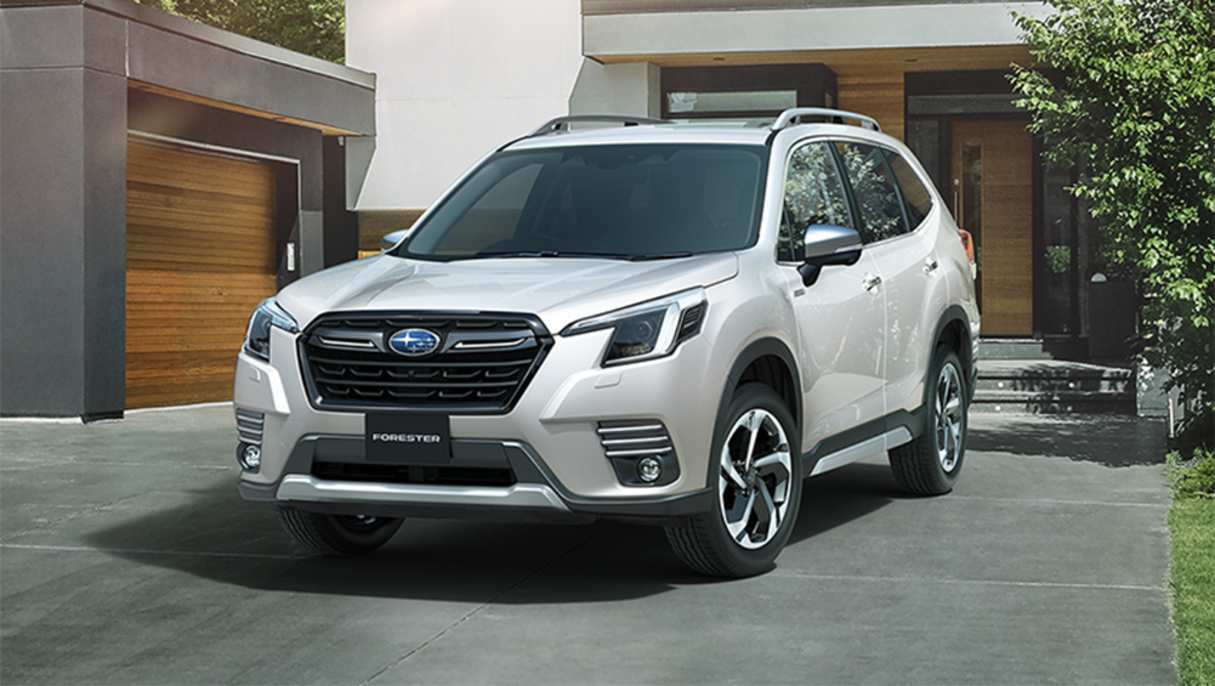The big Japanese brands' profit forecasts have been revealed, with the impacts of the coronavirus not enough to derail profits for some of the world's biggest auto manufacturers.
They make some of our most popular cars – from the LandCruiser 300 Series and Prado to the Toyota RAV4 Hybrid and HiLux, the Mazda CX-5 and CX-30 to the Nissan Patrol and X-Trail, the Honda HR-V to the Subaru Forester or Mitsubishi ASX and Triton.
But if you're ever wondered just how much money is made making cars, then read on, because Toyota, Mazda, Mitsubishi, Honda, Subaru and Nissan have spilled all in their profit forecasts.
Toyota - $31.36 billion
_0.jpg)
We start, unsurprisingly, with auto giant Toyota, which is far and away the best-performing brand in Japan.
Despite rolling parts shortages, conductor issues and rolling factory shutdowns, Toyota is on track to deliver a whopping 10.6 million vehicles globally in the 2021-2022 financial year (which ends March 31, 2022 in Japan, by the way).
That's an increase of 6.4 per cent on the previous 12 months, and enough to boost operating profits by 14 per cent to a whopping US$22.69 billion, or $31.36 billion in our money.
Honda - $8.2 billion
_0.jpg)
The brand might be hurting, sale-wise, in Australia of late, but it shifts a lot of units around the world, with Honda forecasting a massive five million global sales this year – up 10 per cent on the year prior.
That's enough, the brand forecasts, to recored a very healthy US$5.99 billion (or $8.28 billion in AUD) in profit for the year
Subaru - $2.52 billion

Subaru says its on track to deliver one million vehicles globally by the end of the Japanese financial year, which is enough to elevate its forecasted operating profit to the second-highest on our list.
With vehicle sales increasing by 16.3 per cent, profits have climbed to a considerable $US1.82 billion, or $2.52 billion in our money.
Not quite at Toyota's level, sure, but not to be sneezed at.
Mazda - $815 million
.jpg)
Australia's other favourite Japanese brand is forecasting a strong 1.4 million sales globally this Japanese financial year, up almost 10 per cent on the year prior.
In even better news, the US$589.9 million profit (or around $815 million in our money) the brand will make this year marks a massive 637% increase of on the year prior.
Keep in mind, though, that was after a year in which Mazda was hammered by the pandemic and reported a significant loss, so that growth metric is a little out of the ordinary.
Mitsubishi - $376 million

Mitsubishi sell fewer cars than Subaru globally, with the brand forecasting 957,000 sales around the world to the end of March next year.
That's enough, the company says, to reverse its outstanding operating loss and put its books back into the black to the tune of US$272.3 million, or around $376 million in our money.
Yes, that's million, not billion, but the brand is reversing several consecutive years of negative profit.
Nissan - $0

Nissan's numbers don't immediately seem to stack up, with the brand forecasting a healthy 4.4 million in global sales this Japanese financial year, but an operating profit of exactly zero dollars.
But the problem, it seems, is not the popularity of Nissan's product around the world, but the fact it is coming off a horror couple of years globally, and was among the brands hardest hit by the pandemic.
The company's mid-term plan sees it maintaining sustainable profits by March 31, 2024.





.jpg)
.jpg)
.jpg)

_0.jpg)



.jpg)
 (1).jpg)



.jpg)





.jpg)




